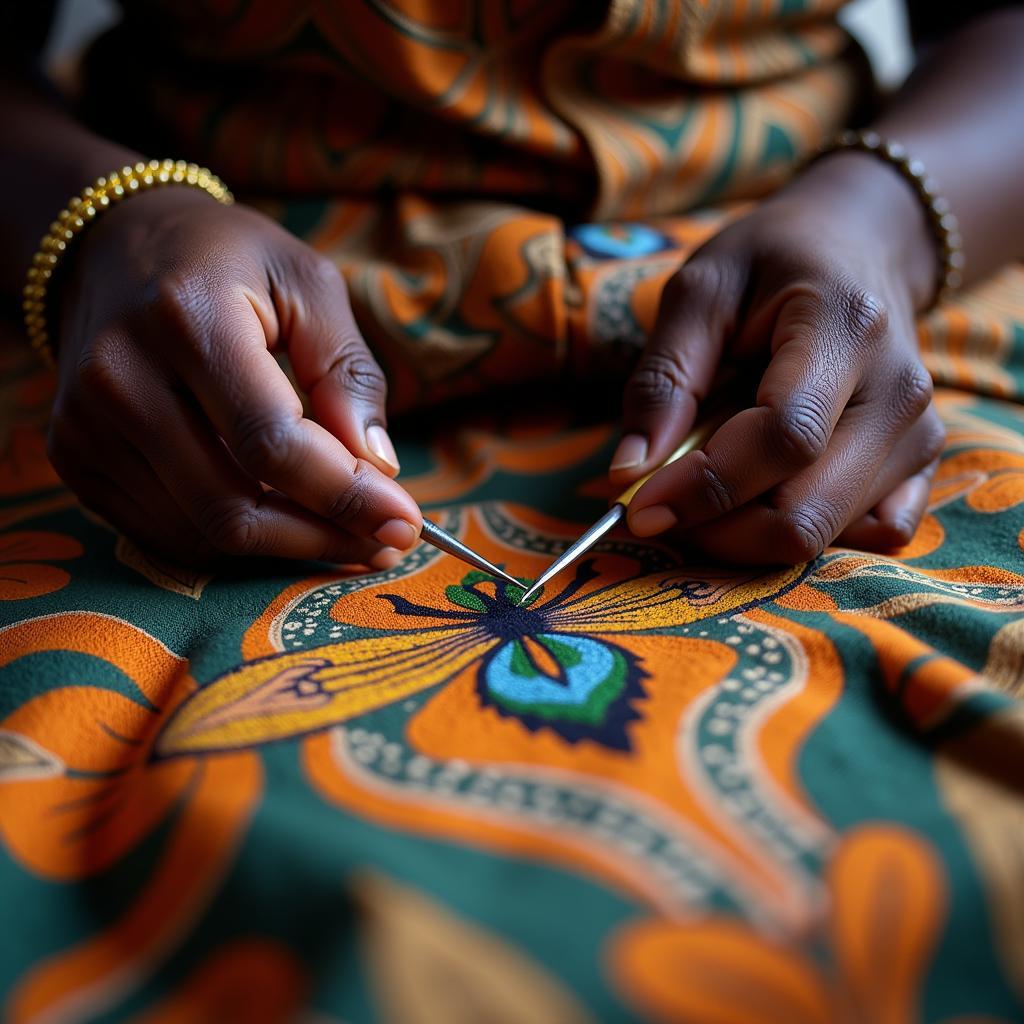Unveiling the Mystique of the African Himba People
The African Himba People, an indigenous tribe residing in northern Namibia, are renowned for their distinct culture and traditions. From their unique hairstyles and ochre-covered skin to their semi-nomadic lifestyle and deep-rooted connection to their ancestral lands, the Himba offer a captivating glimpse into a world untouched by modern influences. After reading this, check out more about African black beauty.
A Glimpse into Himba Life
The Himba people, numbering around 50,000, live in the harsh, arid Kunene Region of Namibia, a landscape characterized by rugged mountains, vast plains, and limited water resources. Their resilience and adaptability to this challenging environment are truly remarkable. They maintain a semi-nomadic lifestyle, moving their settlements periodically in search of grazing land for their livestock, which are central to their economy and social structure.
Their societal structure is deeply patriarchal, with chiefs and elders holding significant authority within the community. Decisions are often made collectively, emphasizing the importance of consensus and respecting the wisdom of older generations. The Himba are deeply spiritual, believing in a supreme being, Mukuru, and ancestor worship plays a vital role in their beliefs and rituals.
The Art of Adornment: Himba Beauty and Fashion
Perhaps the most striking aspect of Himba culture is their unique approach to beauty and adornment. The Himba are famous for their reddish-brown skin, a result of applying otjize, a paste made from ochre, butter, and fragrant herbs. This practice serves multiple purposes: it protects their skin from the harsh sun, acts as an insect repellent, and symbolizes their cultural identity. Learn more about African hair fashion.
Their intricate hairstyles, often incorporating elaborate braids and extensions, also signify age, marital status, and social standing. Women often wear ornate jewelry crafted from metal, leather, and shells, further enhancing their striking appearance. The Himba’s distinctive aesthetic has captivated photographers and artists worldwide, drawn to their timeless elegance and cultural significance.
“The Himba’s use of otjize is more than just cosmetic; it’s a powerful expression of their connection to the land and their ancestors,” explains Dr. Naomi Mwangi, a cultural anthropologist specializing in African tribal traditions.
Challenges and Preservation of Himba Culture
The Himba people face increasing challenges in the modern world. Pressures from development, tourism, and climate change threaten their traditional way of life. Access to education and healthcare remains limited, and preserving their cultural heritage in the face of globalization is an ongoing struggle. Many organizations are working alongside the Himba to support their self-determination and empower them to navigate these challenges while safeguarding their unique identity. The Himba’s remarkable resilience and commitment to their traditions offer a powerful testament to the enduring strength of indigenous cultures. Looking for inspiration? Check out the African sexy bp.
Understanding the Himba People: FAQs
-
What language do the Himba speak? Otjihimba, a Bantu language, is their primary language.
-
What is the significance of livestock in Himba culture? Livestock represents wealth, status, and provides sustenance.
-
Are the Himba open to visitors? While tourism is present, it’s crucial to approach visits with respect and cultural sensitivity.
-
How do the Himba adapt to the harsh desert environment? Their semi-nomadic lifestyle and knowledge of the land enable them to survive in this challenging environment.
-
What are some of the threats to the Himba way of life? Development projects, climate change, and cultural assimilation pose significant challenges.
“The Himba are a testament to the strength and resilience of the human spirit,” states Dr. Amadou Diallo, an expert in African history and culture. “Their deep connection to their land and traditions serves as an inspiration to us all.”
Conclusion
The African Himba people offer a fascinating window into a culture deeply intertwined with nature, tradition, and a rich history. Understanding their unique way of life, from their distinctive adornments to their resilience in the face of adversity, allows us to appreciate the diversity of human experience and the importance of preserving cultural heritage. You can also explore stunning African desert images. For those seeking a stylish and modern twist, the African bob cut is a popular choice.
When you need support, please contact us at Phone Number: +255768904061, Email: [email protected] or visit our address: Mbarali DC Mawindi, Kangaga, Tanzania. We have a 24/7 customer service team.




